|
By Alison Goldberger When I wanted to learn how to make salami I knew travelling to Italy was the only way to do it, so I booked onto the Advanced Salumi Course in Tuscany with Sapori & Saperi Adventures. The course was incredible, and I learned so much. I was also so impressed by Erica and her company that I asked her if we could collaborate. I’m a Scottish journalist and organic pig farmer but have lived and worked in Austria since 2015. Now I assist Erica with social media and online marketing. I absolutely love telling people about my time on her course and now I am excited to share with you why I think travelling with a local expert in 2022 (and beyond) can only enhance your holiday experience! Eat in incredible restaurants...and in private homes One of the most wonderful experiences I had was to dine in restaurants uncovered by Erica after years of eating and living in Tuscany. You can be guaranteed you’re not just eating in the restaurant all the other tourists found online! We were treated to dinner at Il Vecchio Mulino, where Andrea brought out course after course of exquisite local food. Many of Erica’s courses and tours also include meals in private homes. In Capezzano I was welcomed into Gabriella’s home where I ate the best seafood I’ve ever had. The freshest seafood cooked to perfection and an extremely warm welcome – it was an unforgettable experience. Learn how to make prosciutto as the artisans do Do you have a passion for prosciutto like I do? It’s unlikely you can just stroll up to any producer and they’ll tell you how it’s done. But when you travel with a local you certainly can, and they are happy to answer all your questions. When learning all about salumi in Tuscany I visited numerous artisans and gleaned the knowledge they’ve garnered over a lifetime. On these tours you’re also supporting these very small businesses, creating wonderful slow food with a passion you’re unlikely to find in large-scale producers. What’s more, you get to taste their incredible products! Savour products from small-scale producers You want to visit a local organic olive oil producer, or have always wondered how chestnut flour is produced, or perhaps gelato is more your thing? These were all requests during my course and every one was fulfilled! I took home a bag of chestnut flour after seeing how chestnuts are dried and milled. I sampled the best pistachio gelato at Cremeria Opera in Lucca and bought the tastiest new-season olive oil from Claudio Orsi of Alle Camelie. Erica has built up so many contacts across the region and she is happy to help visitors find what they’re looking for.
Erica drove us during our course so she was always on hand to answer questions and give us explanations about what we were seeing as we travelled. It was information born from a passion for Tuscany and gave us a wonderful insight into the history of the region as well as what it’s really like to live there. This is a feature of all tours and courses from Sapori & Saperi. For instance, on the Tastes & Textiles tours participants learn all about Lucca’s rich tradition of producing textiles. Meeting local craftspeople provides a wealth of knowledge you couldn’t get elsewhere! Did someone mention gelato I know one of my first thoughts when I think of Italy is gelato. We were taken for a quick pit-stop to sample some delicious gelato. It was actually in the Cremeria used for the Art & Science of Gelato course run by Sapori & Saperi. During that course participants immerse themselves in the icy world of Mirko Tognetti of Cremeria Opera Naturali per Gusto, Lucca. They learn his secrets and the science behind gelato and how to create their own flavours. Sounds like an absolute dream to me!
If you landed here by chance and would like to be notified of future posts, you can sign up here. If you’d like periodic news about our tours and courses, sign up here. This blog was originally published on Slow Travel Tours on 20 January, 2019.
0 Comments
This blog was originally published on Slow Travel Tours on 28 January 2017. Did you know that olive oil is the only common cooking oil that is the juice of a fruit? All the other oils we use in our kitchen come from seeds: sunflower, rapeseed (canola), peanut and grapeseed. This realisation leads directly to another question. Would you cut an orange, leave it on the counter for a week and then squeeze and drink the juice? Would you step on an apple, leave it on the table for three days and then eat it? Yet that’s what happens to many olives before they’re pressed to extract olive juice. I’ve tasted and written a lot about olive oil, but this idea had completely escaped me until I met Elisabetta Sebastio last year. She’s a professional olive oil taster both for Italian Chambers of Commerce and international olive oil competitions. We ran our first full-day olive oil class during my Autumn in Tuscany tour in November 2016 (now we run a full course on the subject of olive oil: Olive Oil: Tree to Table in Tuscany). It was a revelation for all of us. We gathered around her kitchen table. She taught us how the professionals taste and rate oil. We tasted eight olive oils. The first was a surprise and I don’t want to ruin the impact by telling you what it was. Then there were four new-season oils: one from Sicily, two from Tuscany and one from the Abruzzo. Some people liked the tomato scent of the Sicilian one, others the bitter piquancy of the Tuscans. Lots preferred the less in-your-face qualities of the Abruzzese. Under Elisabetta’s guidance it was so easy and we were proudly feeling like experts when we started on the three defective oils. Wow! It was so clear that they didn’t measure up, and we could describe what was wrong with them: rancid, vinegary and fusty. We didn’t want to put them in our mouths. You’ll taste lots of mildly rancid oils in restaurants due to poor storage in clear bottles in the warmth. There were more revelations. Contrary to popular belief, true extra-virgin olive oil has the highest smoke point of any vegetable cooking oil. Another fact some people don’t realise is that it deteriorates with every passing day, even in a sealed bottle. If you’ve got some excellent oil, carpe diem. It will be worse tomorrow. But olive juice isn’t just for cooking. In Italy it’s mainly used as a condiment, like salt and pepper. This got us thinking about which olive oil goes best with which foods. Elisabetta had devised a lunch to demonstrate the classic pairing of regional dishes with an oil of the same region. We got to help prepare orecchiette (an ear-shaped pasta from Puglia) with an artichoke sauce seasoned with extra-virgin olive oil from Puglia. Sadly, we ran out of space in our stomachs before we could taste all the different dishes Elisabetta had prepared. I took another group to her home in December. One of them loved chocolate and Elisabetta assured me she could source some olive-oil flavoured chocolate. The platter of chocolates was beguiling and they tasted fantastic. She had made them herself! Join me on the course Olive Oil: Tree to Table in Tuscany from 18–23 November 2021 and meet the amazing Elisabetta and have fun with olive juice.
If you landed here by chance and would like to be notified of future posts, you can sign up here. If you’d like periodic news about our tours and courses, sign up here. Enea is one of the cheesemakers to whom I take my guests. He lives on a farm at the end of a dirt road that runs along the top of a ridge. At the point where the tarmac runs out, there’s a vineyard. Bumping slowly along the rutted road you pass a house, then nothing for 10 minutes. As the nose of the ridge begins to dip toward the valley, you spy a ramshackle house with solar panels on the roof. If you come in July, you’ll think you’ve arrived at a farm machine museum until you see Enea putting his heritage wheat through the vintage thresher. Enea and his wife Valeria are nearly self-sufficient. They have a herd of goats, two cows, a few chickens, a couple of horses, a vegetable garden, an olive grove and fields of cereals and hay. They’re hoping for another cow. During the spring and summer Enea milks the goats every morning, makes cheese with their milk and then, with the help of his working dogs, takes them out to graze. The dogs are tri-lingual. I don’t think the goats are. On days when we’re there and he doesn’t go out with them in the morning, their complaints are perfectly comprehensible nonetheless. On Wednesdays he makes sourdough bread. His bread shed contains a wood-fired oven and a tiny mill where he grinds enough of his heritage wheat for the week’s batch of bread. On Wednesday evenings he goes to town to deliver his produce to a group of friends who buy collectively They’re self-sufficient for art and music too. Valeria paints and Enea plays the guitar. The solar panels and batteries keep them in touch with the outside world via their cell phones, computer and internet connection. One of the guests in the last group I took there asked Enea why he chose to make cheese. He told us this story: ‘When I finished school, I knew I didn’t want to go to university, but I didn’t know what I wanted to do. I enjoyed helping a friend pick his olives. Then I rented an apartment from a cheesemaker with goats. He was French and made French-style soft goat cheese. I watched him and began to help him. I saw he was always smiling, and I decided that was the life I wanted.’ Enea is one of the cheesemakers who teaches our course Theory and Practice of Italian Cheese. Click here for all the details.
I’ve long wondered how to incorporate the rich agricultural heritage of the Lucca plain into a tour. Watching a bean stalk grow would try the patience even of a very slow traveller. On Thursday I visited the organic farm Favilla in the suburbs of Lucca, where I was welcomed by Andrea, the owner’s son. As he spoke about his farm and its crops, the words tumbled out of his mouth and his face was alive with the enthusiasm he and his family devote to their project. The list of crops is long leaving no season without its fruits: wheat, vegetables and fruit. To find out more about the small group tour germinating at Sapori e Saperi Adventures, read the rest of my blog at http://slowtraveltours.com/blog/a-tour-sprouts/. Read to the bottom of the blog and you’ll find a special offer.
Save the dates: 2–9 July 2017. The Garfagnana and Media Valle del Serchio (Middle Valley of the Serchio River) is my home and the base for many of Sapori e Saperi’s tours. If you’ve been here with me, you might remember that the Serchio is the third longest river in Tuscany. Wild, rugged mountains ascend on both sides of its valley, their rocky ledges bearing stone villages and cultivated terraces. (Although something is wrong with the sound, the pictures say it all.) It seems improbable that so many riches lie hidden in my Garfagnana. It’s the legendary pot of gold at the end of the rainbow. I feel fortunate to have landed here by chance. The people are full of pride and determination to carry forward their traditions. They hope you’ll come share their Tuscany with them.
(Note: Farro IGP della Garfagnana is Triticum dicoccum or emmer in English, not spelt which is Triticum spelta. Emmer is an ancestor of spelt. I was finding emmer on Neolithic sites in Italy when I was an archaeologist on the Early History of Agriculture Project at Cambridge University.) My Tuscany isn’t the manicured cypress-lined lanes of Siena and Chianti. It isn’t the great art and architecture of Florence. My Tuscany is Lucca in the northwestern part of the region. As enchanting and perfectly formed as the city of Lucca is, it isn’t my Tuscany either. My Tuscany is the Piana di Lucca, the flat plains and low hills surrounding the city. My Tuscany is Versilia, the coastal plain to the west of the city. My Tuscany is the Media Valle del Serchio and the Garfagnana, the mountains and the Serchio River valley to the north of the city. This is the territory you come to for your adventures with Sapori e Saperi (‘flavours and knowledge’). Some friends have made four short films capturing the essence of my Tuscany. Although they call it Part 2, I’m dishing up Lucca first. If you’ve been on the cheese course (Theory & Practice of Italian Cheese http://www.sapori-e-saperi.com/courses_with_artisan/theory-practice-of-italian-cheese/), you’ll recognise Monica Ferrucci and her goat cheese. Or, your feet might have helped Gabriele da Prato crush his grapes. Maybe you’ve attended the Disfida della Zuppa (Soup Tournament) and helped judge the zuppa alla frantoiana entries (read more about the Disfida here: http://www.sapori-e-saperi.com/better-than-the-winter-olympics/). Or did you pick and press olives with me. If not, treat yourself to my Autumn in Tuscany tour in November (http://www.sapori-e-saperi.com/small_group_tours/autumn-in-tuscany/). You’ll have a crash course in olives and their oil, you’ll also hunt for white truffles (and eat them) and, best of all, you’ll get to know a little bit of my irresistible Lucca.
Santa Zita’s mummy lies in a glass case in a side chapel at the Basilica of San Frediano in Lucca. Despite her cadaverous face and bony hands, she looks fresh and almost pretty in the blue dress and white apron of a serving girl. She wasn’t one of those martyred saints canonised for suffering a gruesome death in defence of their faith, such as Saint Lawrence who is said to have been grilled alive. Zita (c. 1212–1272) was a humble and hardworking servant, which earned her the affection of the aristocratic family for whom she worked. What they didn’t know was that at the end of each day she went to the kitchen, stealthily wrapped any leftover bread in her apron and distributed it to the poor. The other servants, being jealous of the high regard paid her by the nobleman, decided to get their own back by telling him Zita was stealing from his household. He could hardly believe it, but one evening as she was leaving the house with her apron bulging, he stepped out of the shadows and challenged her to show him what she was hiding. The girl quickly replied it was only some flowers, and was greatly surprised when forced to open the apron to discover it was indeed filled with flowers. Bernardo Strozzi (c. 1581–1644) captured the moment here: http://en.wikipedia.org/wiki/Zita#/media/File:ThemiracleofStZita.jpg. Her position in the household was safe and Lucca ever since has had an excuse to fill its streets with flowers on her saint’s day of 27 April (or the nearest weekend). I’ve wanted to take part in this happy event for years, but until today I’ve either been away or it was raining, and the thought of a sea of umbrellas and drenched flowers wasn’t enticing. Today was grey, but not wet. Zita had been carried out of her side chapel to a place of honour in the nave. The Roman amphitheatre has undergone remakes so many times that there are only a few remnants of the Roman structure left. For part of the last century it was the site of the central market until that was moved to the Mercato del Carmine, leaving the piazza of the amphitheatre sad and empty except during the tourist season. Today the flower stalls showed how lively it must have been as a market.
A guest blog by Bob Schroeder Bob, his brother Dick and their friend Cullen Case came on my Advanced Salumi Course. They wanted to make the most of their visit and signed up for a truffle hunt on the Tuesday afternoon after the extension workshop. Bob gave me permission to republish his enthusiastic report to his family and friends back in the States. January 20, 2015 We went truffle hunting today. Lots of fun. Our guide actually trains dogs. He took Guy Fieri of Food Network fame on a hunt. Thanks, Bob!
In case you don’t know, truffles can be found all year long. Although the white Italian and black Périgord truffles are the stars, they’re all good and well worth tasting. We have seven edible ones in Tuscany. After the hunt, we go back to Riccardo’s home for a truffle feast cooked by his wife Amanda. We sit in their kitchen sipping prosecco with the antipasti and get to be part of the family. I know summer is here when I walk around Lucca in July and am confronted by larger-than-life paper sculptures: a phantom forest in Piazza San Frediano (1), a mythological armoured horse (2) under the loggia of the Palazzo Pretoria on the corner of Piazza San Michele, a surrealist right-side-up pear that morphs into an upside-down head up on the walls. The rules of the biennial international paper festival stipulate that all the materials used by the artists must be recycled. Sustainable environmental issues underly the themes of each festival. This suits Lucca. The province produces 80 per cent of Italy’s household paper (including Lu-paper) and 40% of its packaging and corrugated cardboard; and it’s Italy’s number one exporter of paper. Old, mostly derelict paper mills ornament many small valleys. Nowadays the main Serchio River Valley is lined with ugly modern mills which I used to consider a blot on the landscape. They became bearable, even desirable, when I realised that they’re major providers of employment in the valley, and serve to keep families together and stem depopulation of rural villages. This year I noticed an indoor exhibition entitled ‘Identità Liquide’ at Real Collegio, behind San Frediano. The most picturesque way to arrive is by parking in the free car park on the ring road outside the city walls and walking in through the passageway under the walls, coming out into the piazza in front of the Collegio. The ground floor of the cloisters were furnished with attractive corrugated cardboard chairs and tables and an entirely functional table football game made of paper, in addition to an exhibition of paper creations by school children. The grand high-ceilinged rooms of the upper floor were ideal galleries for a number of different international artists. Here’s a walk through some of them. Cartasia is over for this year. If you’re planning a trip to Lucca, put July 2016 in your diary now.
For more information about Cartasia, Biennale d’Arte Contemporanea: http://www.cartasia.it/en/biennial/presentation
Where you lay your head at night can make or break your holiday. Your accommodation seems a simple thing to choose. You go to Tripadvisor, read the reviews and make your booking. You’re looking for a bedroom with a comfortable bed, a bathroom, a decent continental breakfast, cleanliness and friendly attentive staff. That’s probably exactly what you’ll get; a secure place to retreat to after visiting the famous works of art and architecture in some of most beautiful cities in the world. But at the heart of every country are its citizens, people who live differently from you. By your second or third trip, you can begin to think about getting to know them. This is what my tours are about. I want my guests to experience how Italians live their everyday life, which is something you still can’t do on the internet. It’s a compulsive reason to travel to Italy. I seek total cultural immersion, and so I usually choose an agriturismo for my guests, farm accommodation in the countryside, often on the edge of a village. Each one has a character completely its own determined by the personality of the owners, the setting, the architecture of the farm buildings and the produce of the farm. Here are some examples from my part of Italy, the area around Lucca and the spectacularly beautiful Garfagnana. I didn’t choose Al Benefizio; it chose me. Early in my sojourn in Italy I was at an agricultural meeting near Barga, feeling totally out of my element, when two women approached me and introduced themselves in English. One was Francesca Buonagurelli, the owner and farmer at Al Benefizio, and she is one of the main reasons for staying at Al Benefizio.
To read more about my favourite agriturismi around Lucca and the Garfagnana, please go to the full blog at Slow Travel Tours. |
Email Subscription
Click to subscribe to this blog and receive notifications of new posts by email. AuthorErica Jarman Categories
All
Archives
October 2023
|
|
copyright 2017 sapori-e-saperi.com | all rights reserved
|
Website by Reata Strickland Design

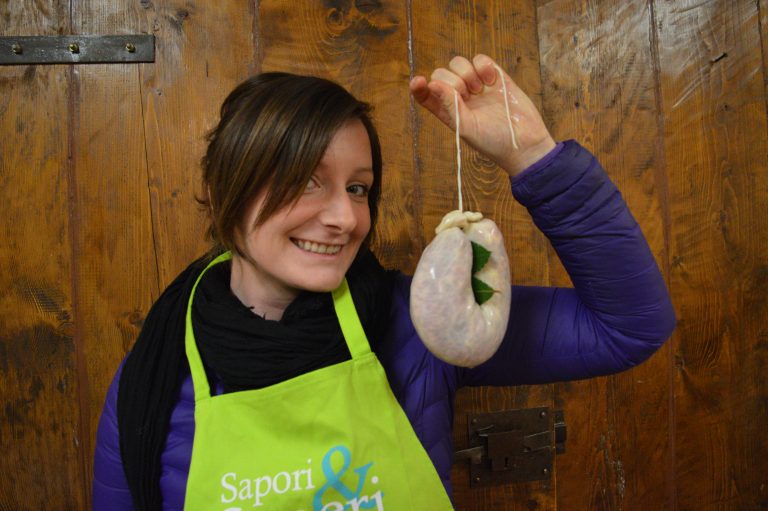
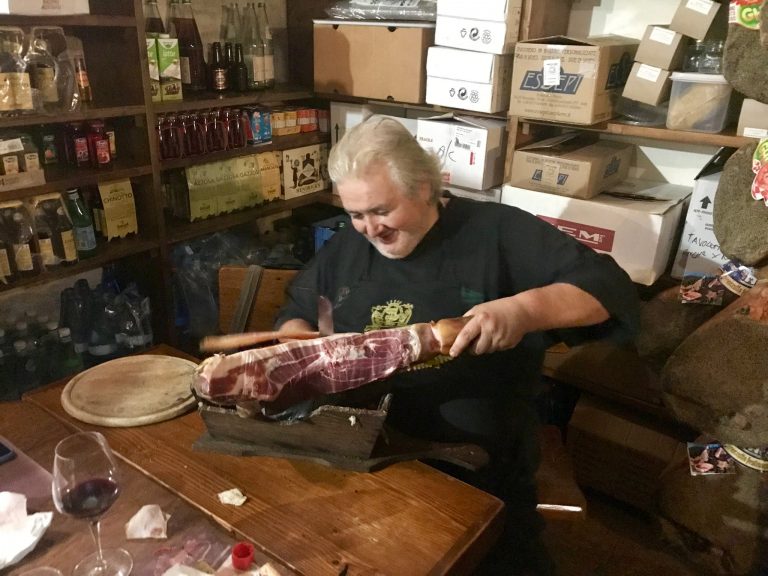
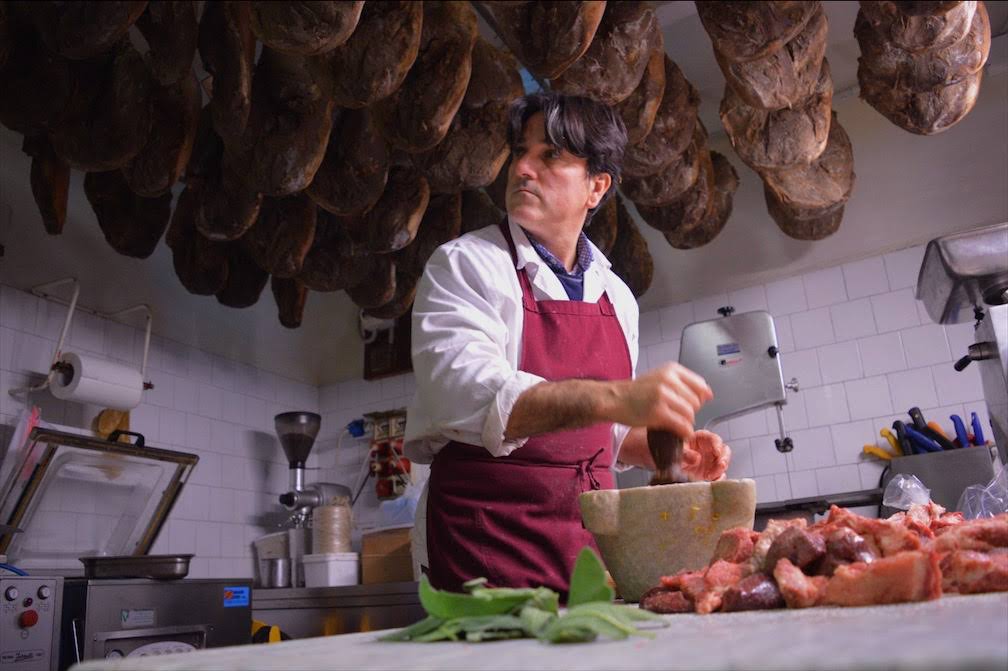
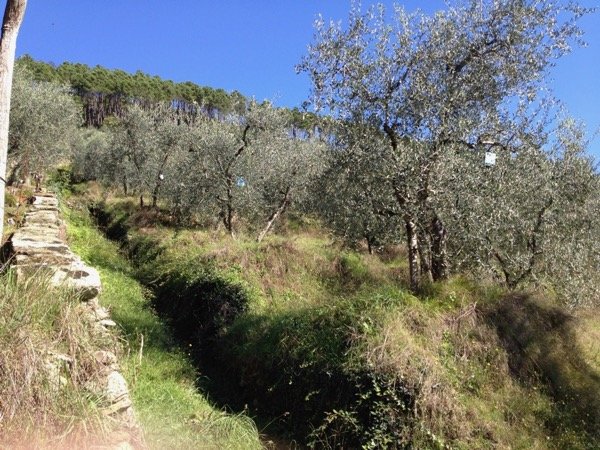
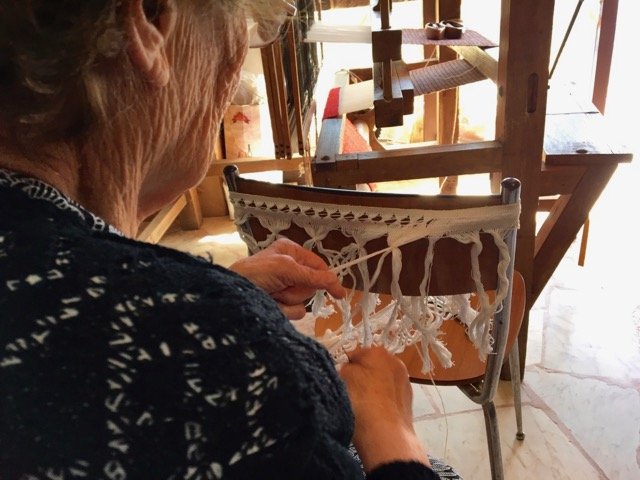
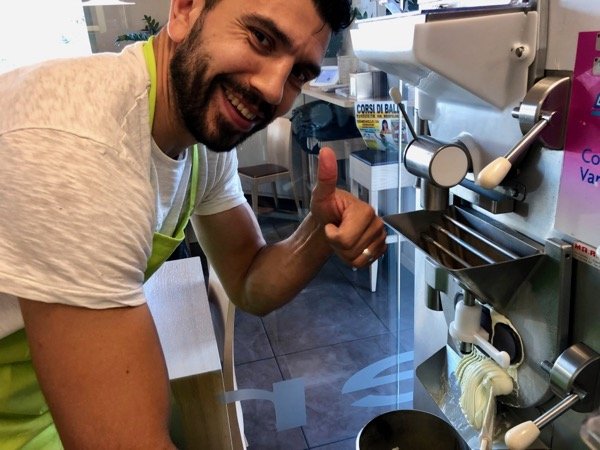
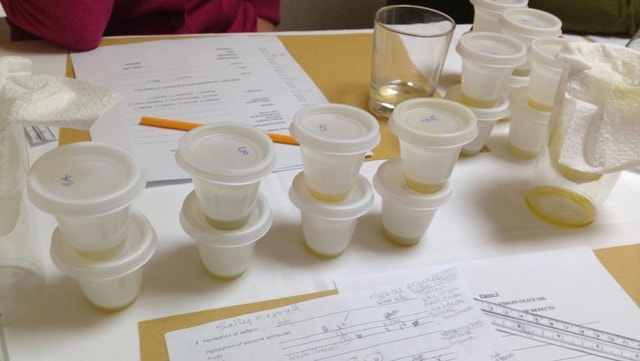
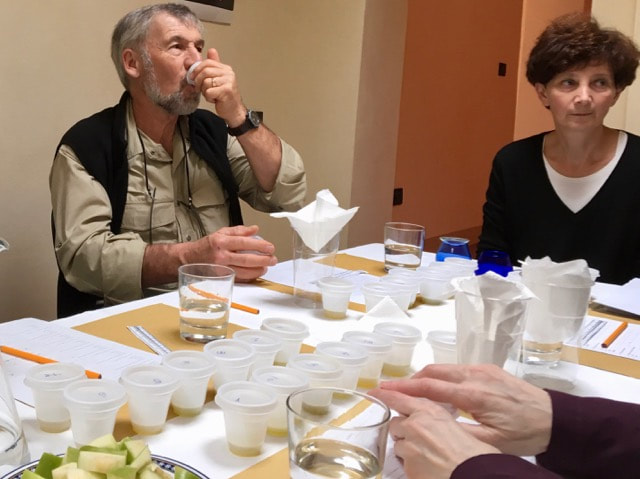
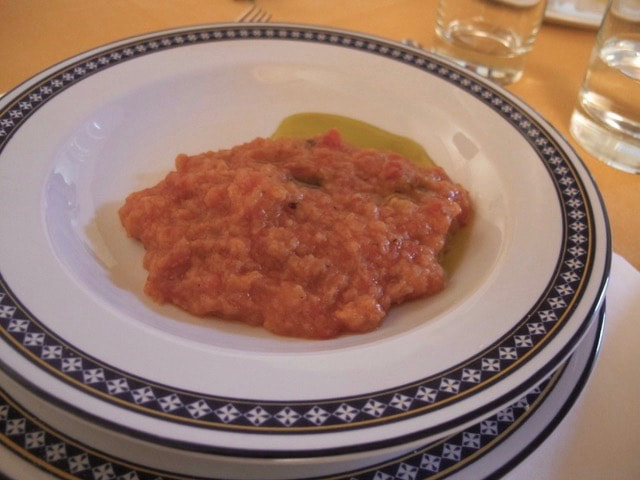
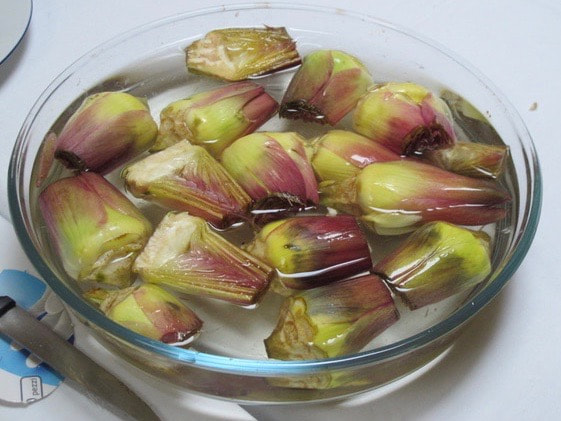
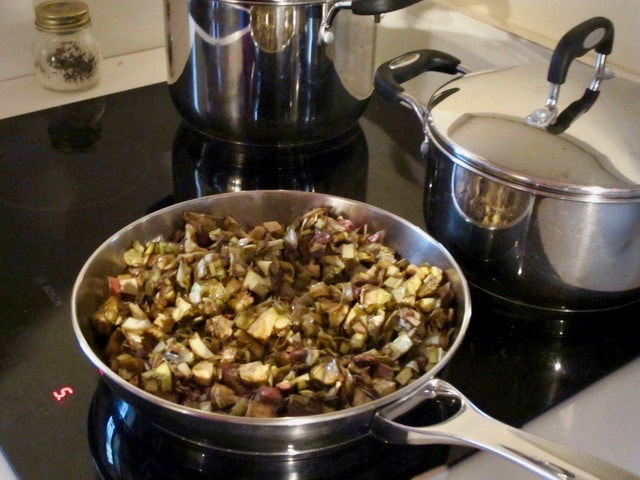
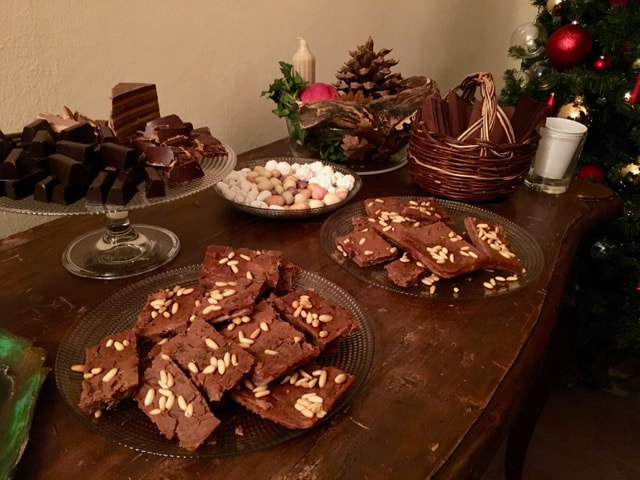
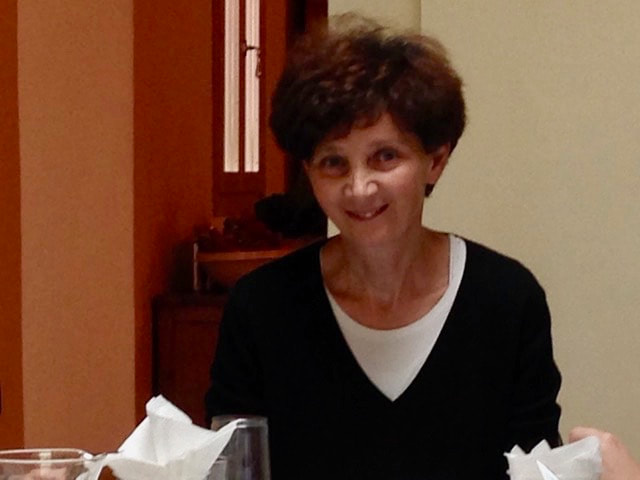
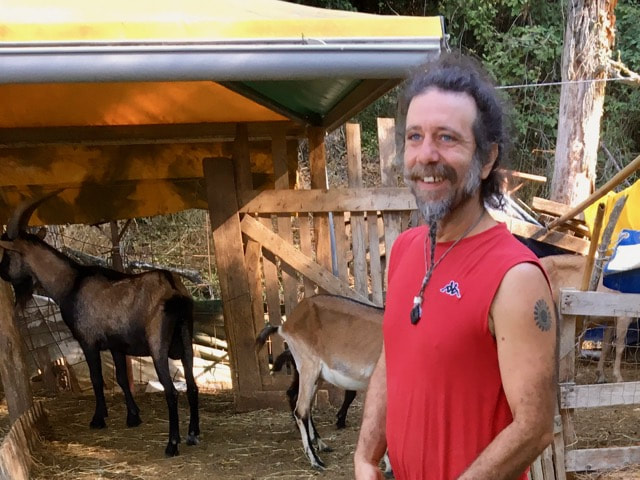
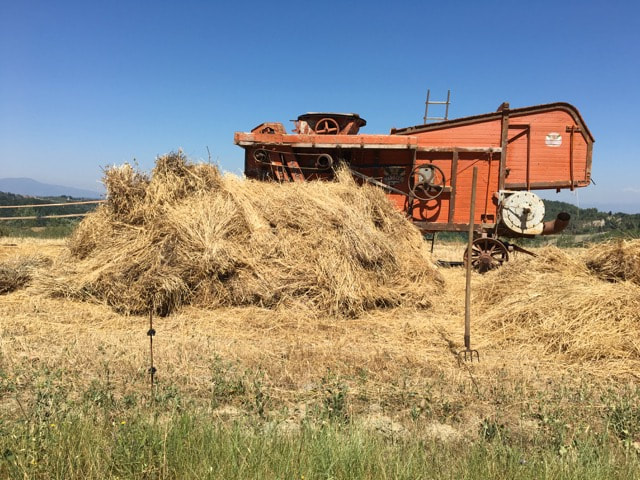
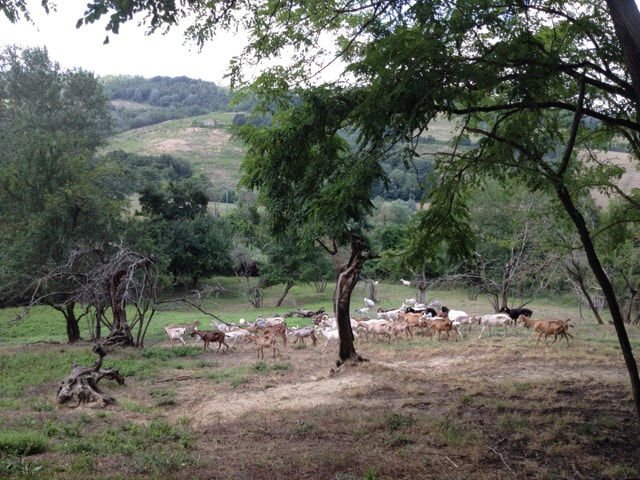
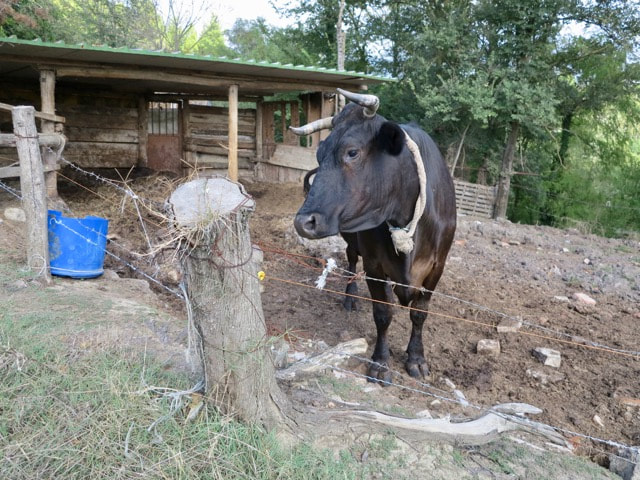
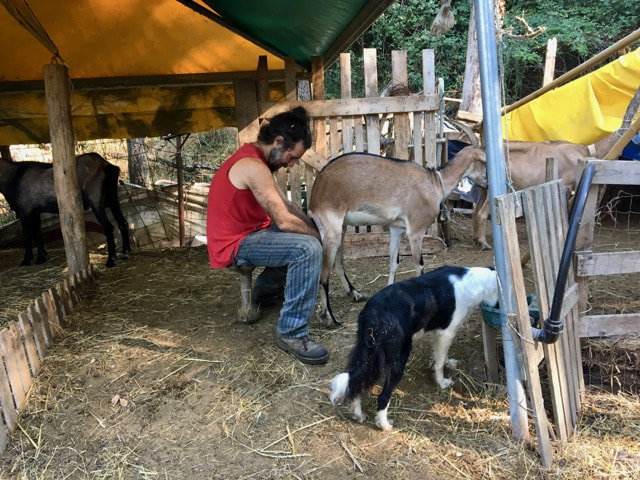
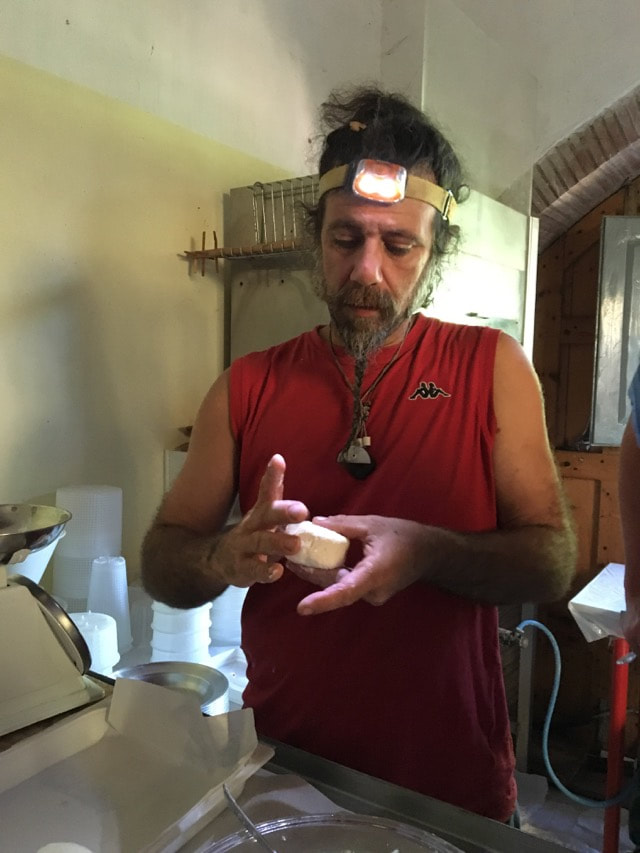
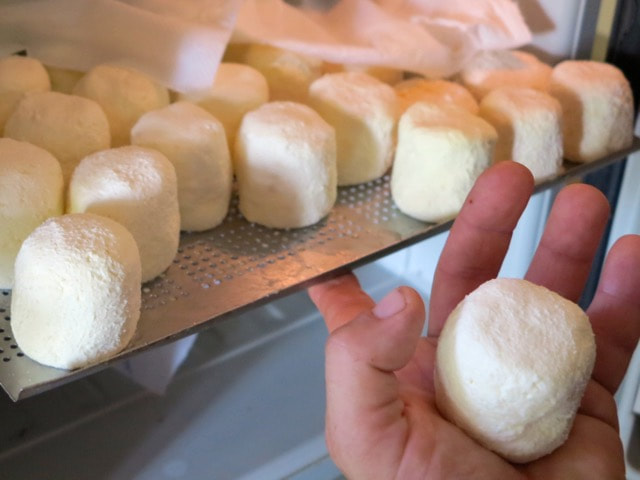
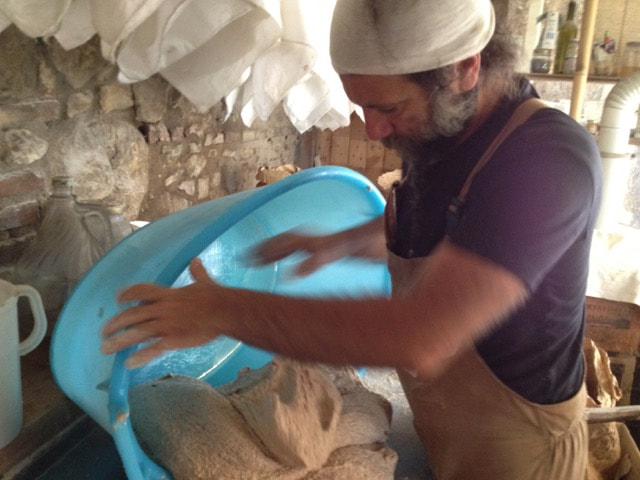
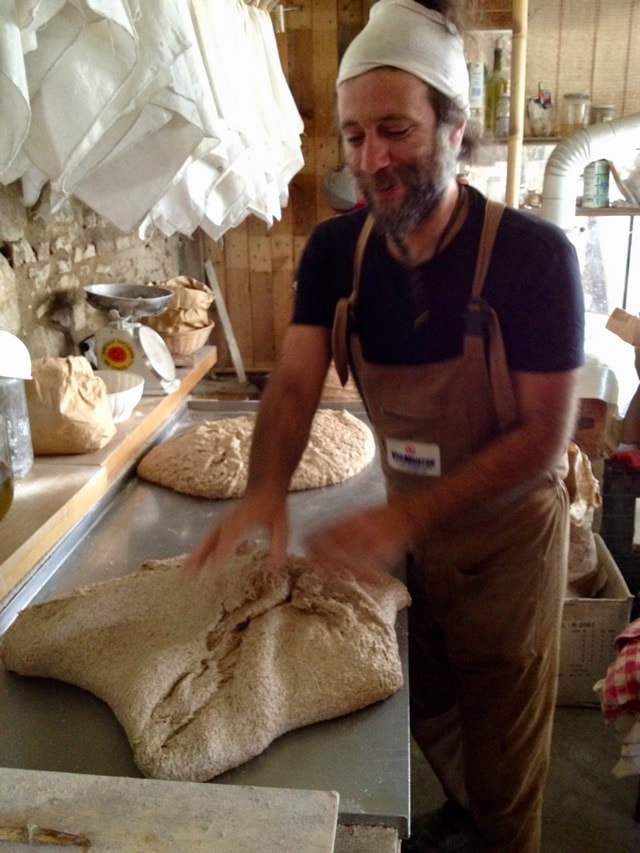
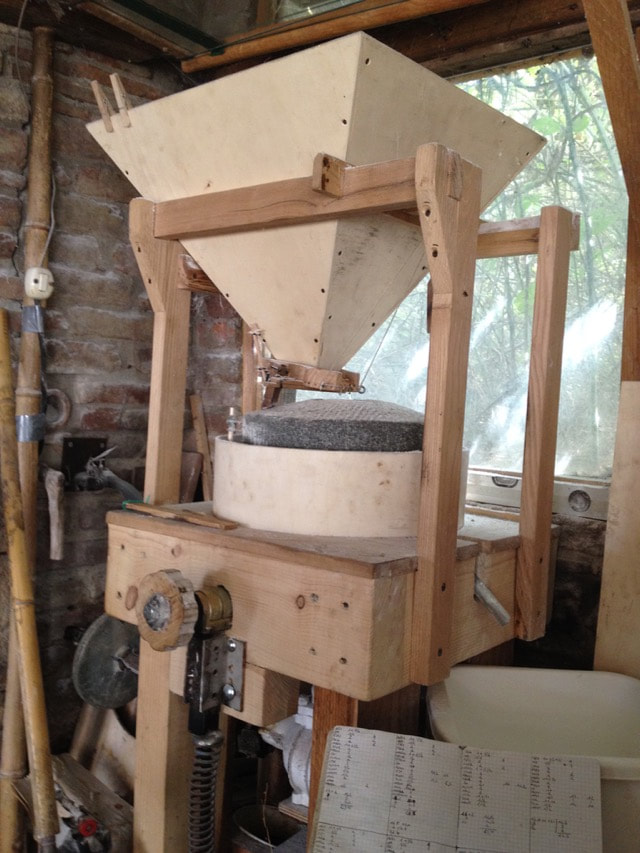
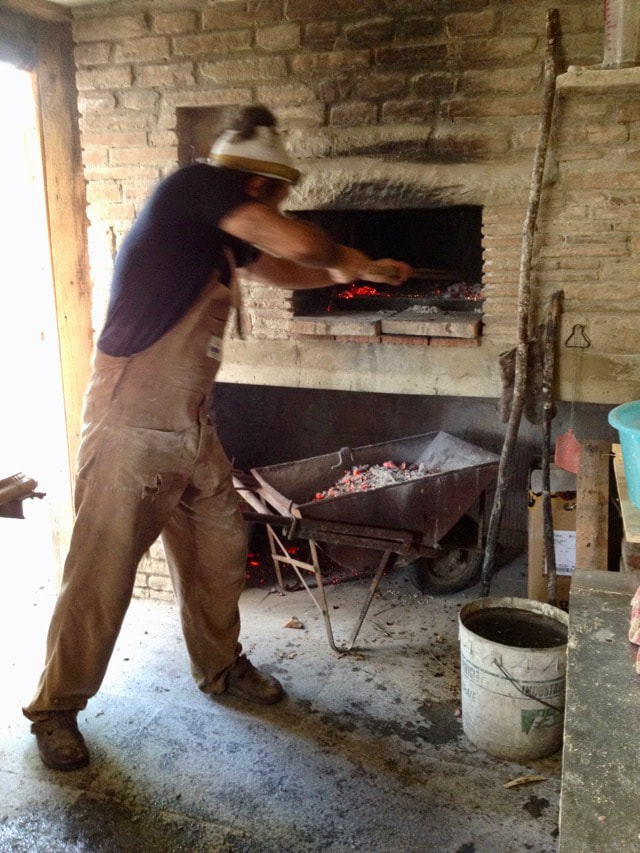
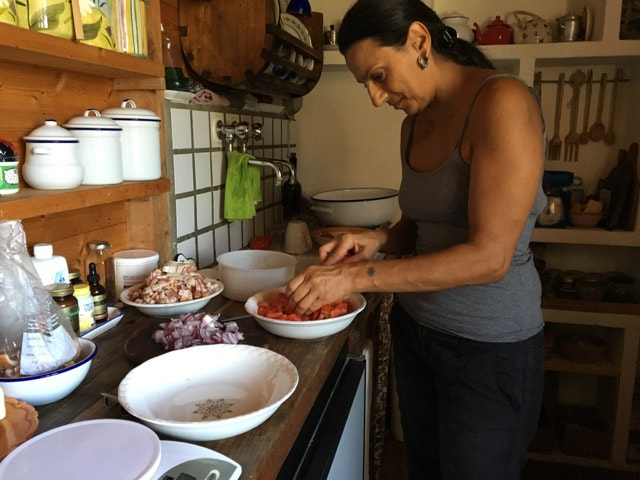
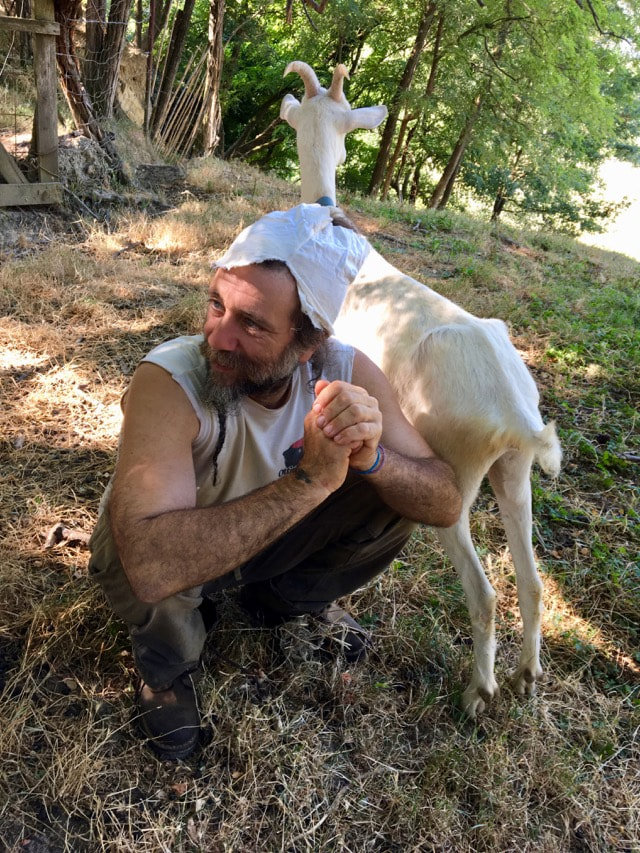
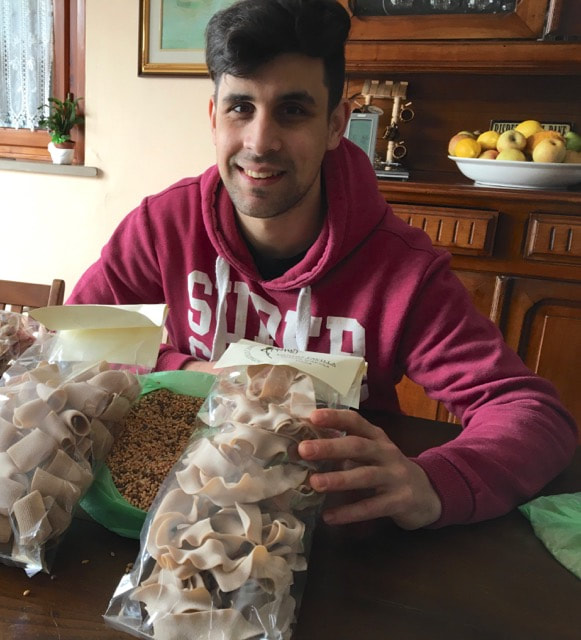
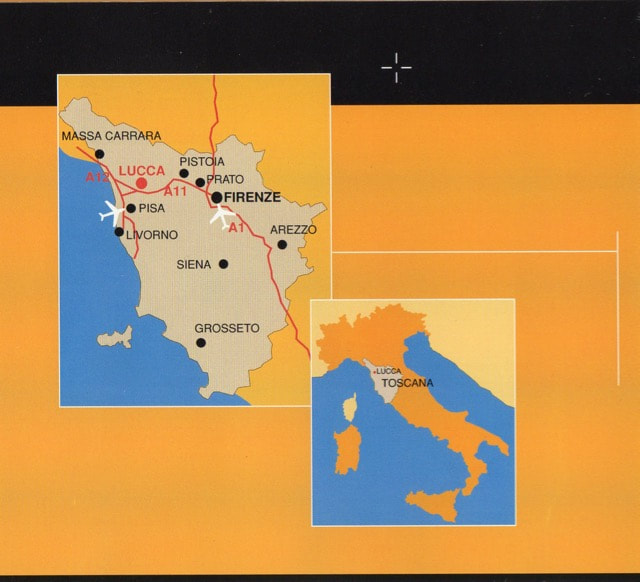
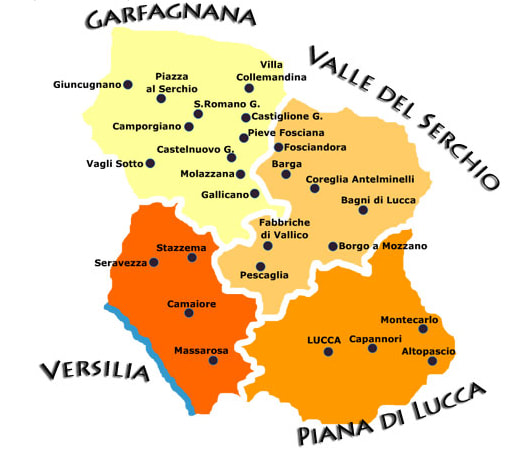
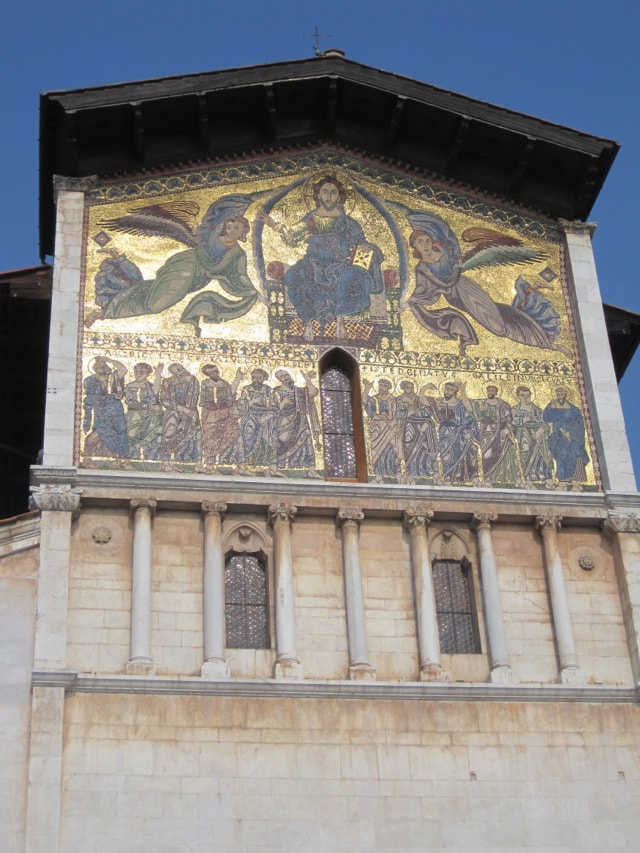
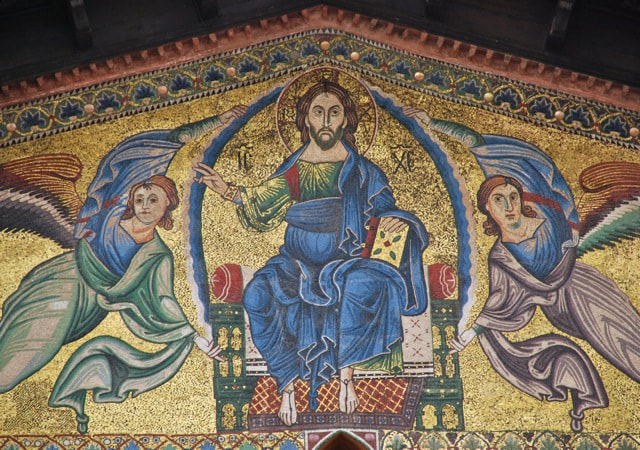
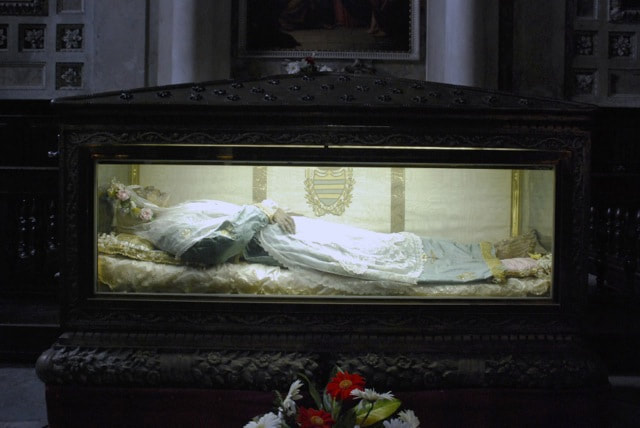
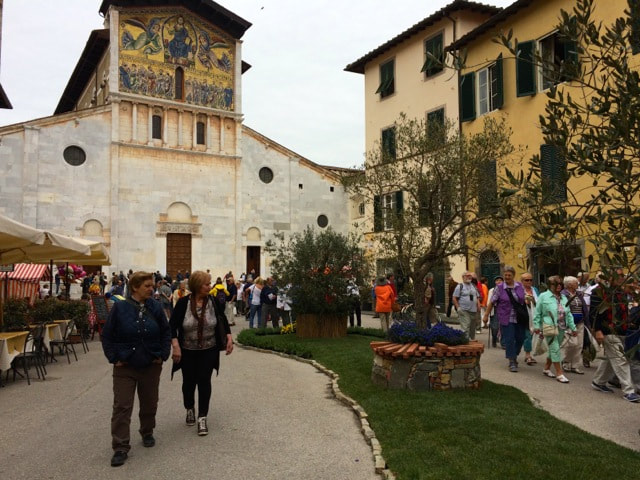
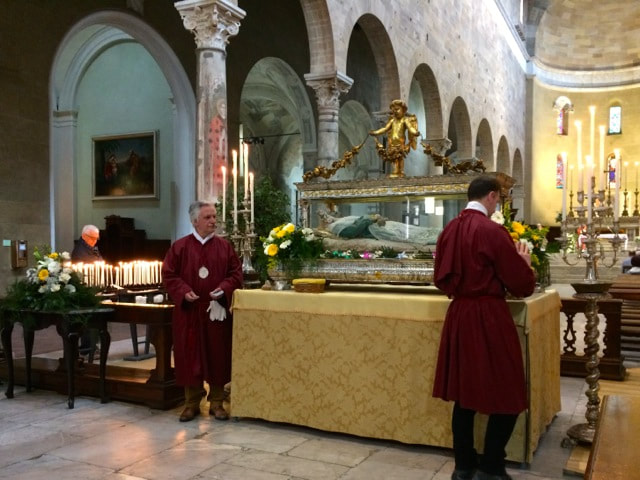
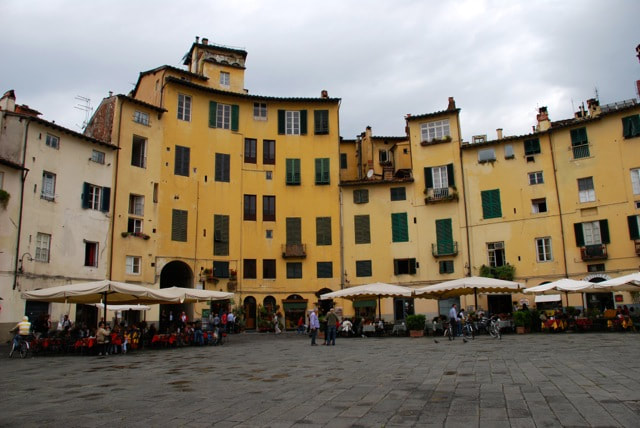
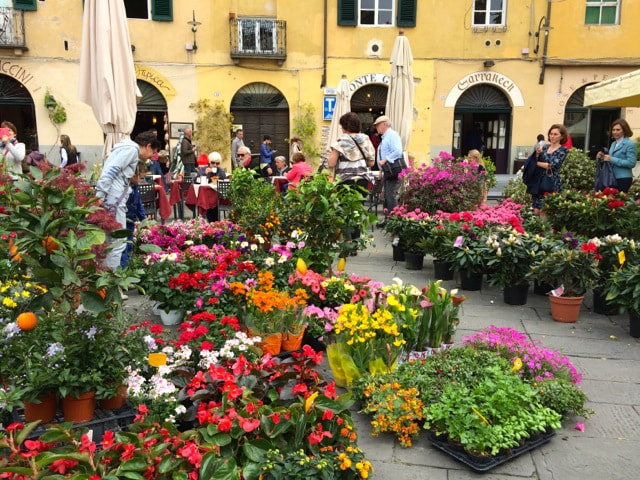
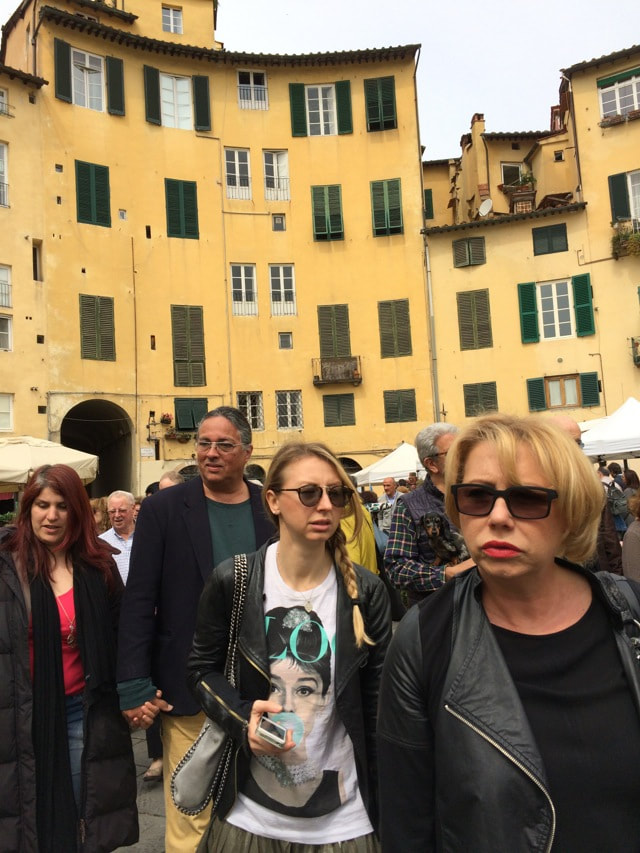
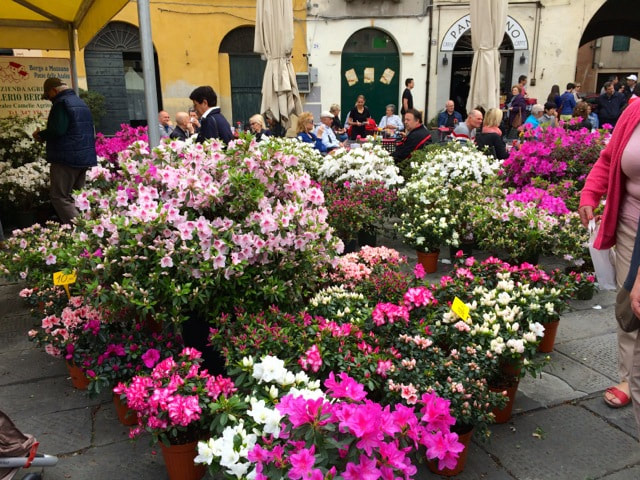
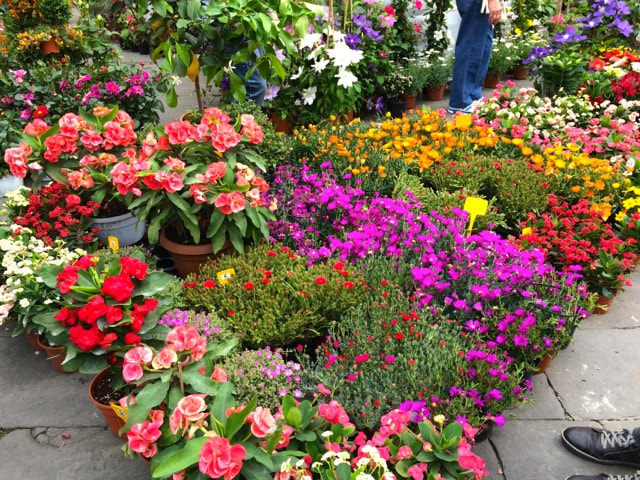
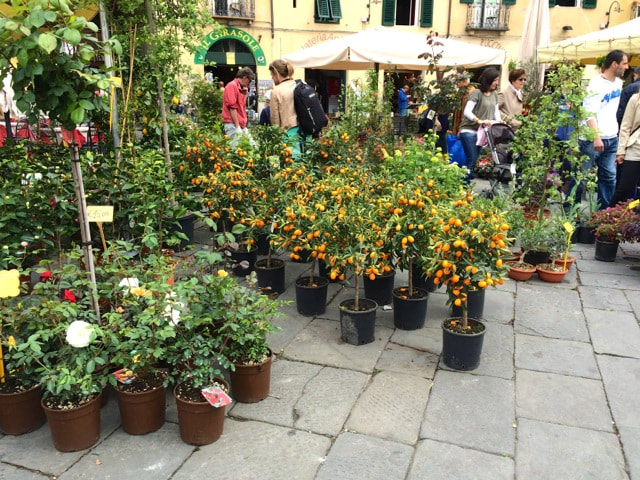
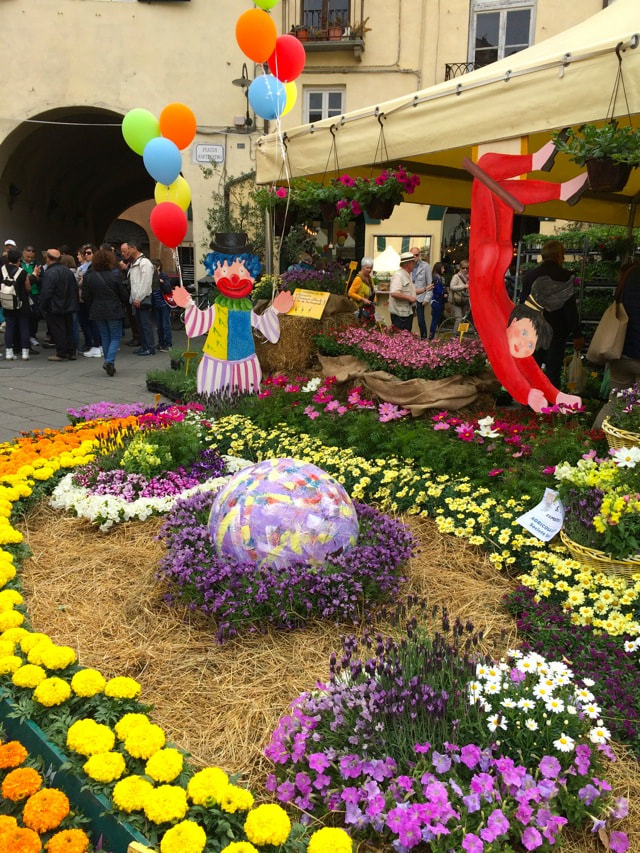
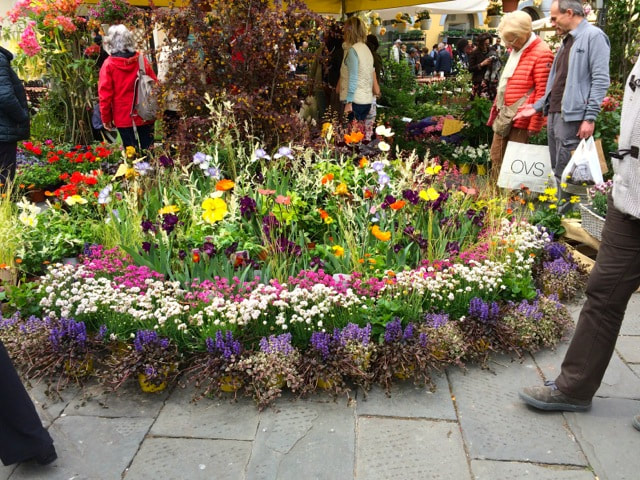
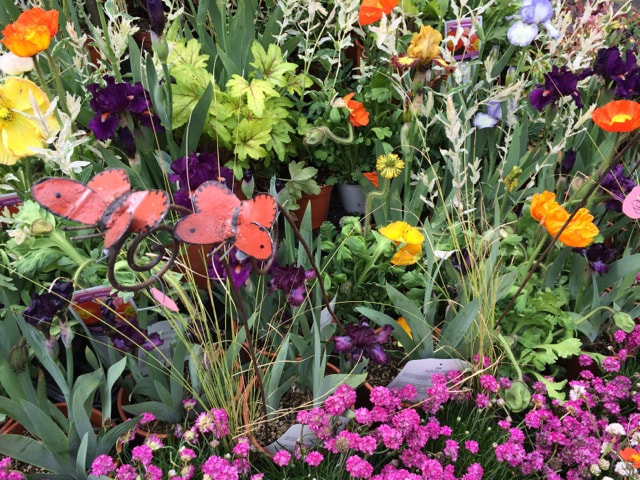
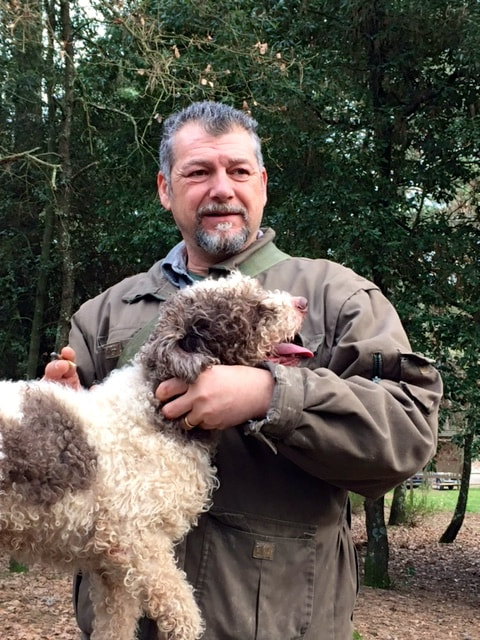
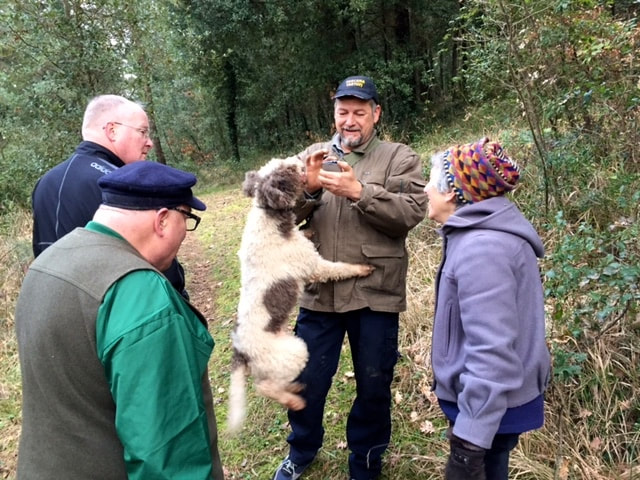
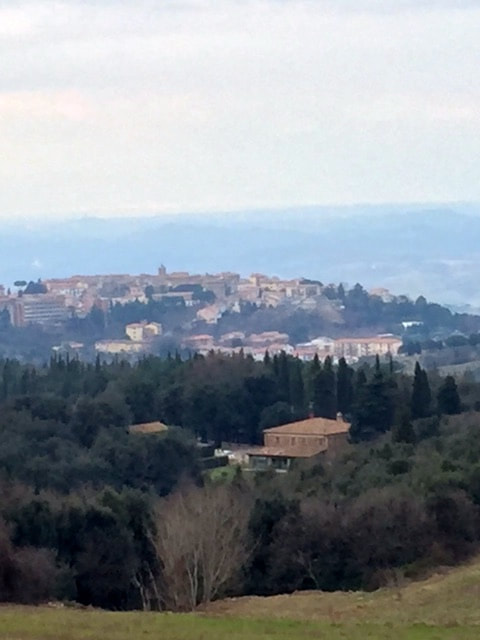
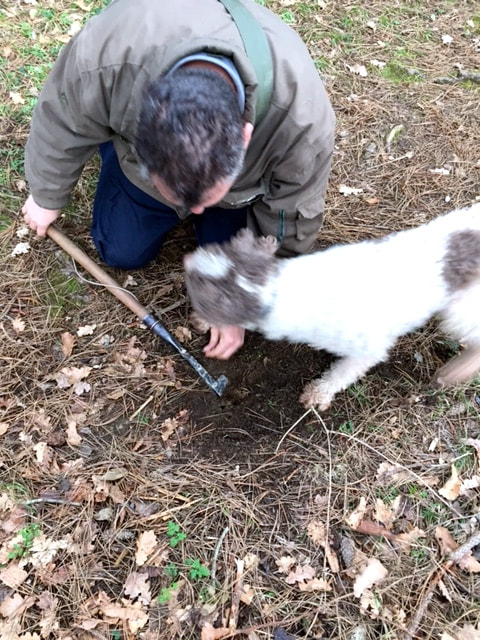
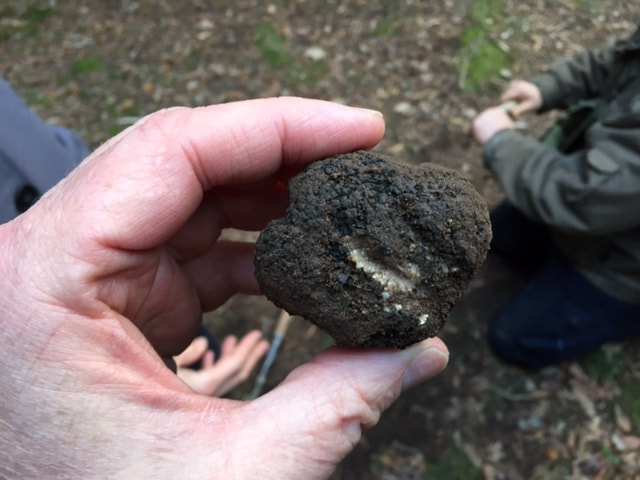
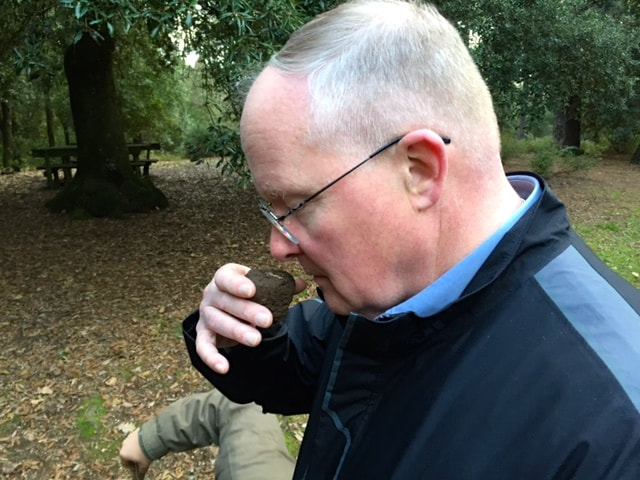
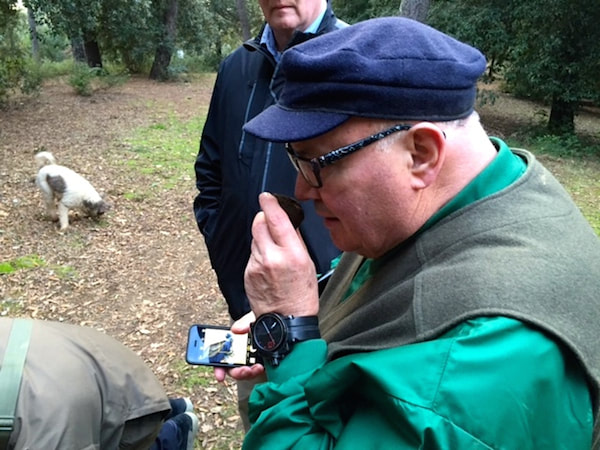
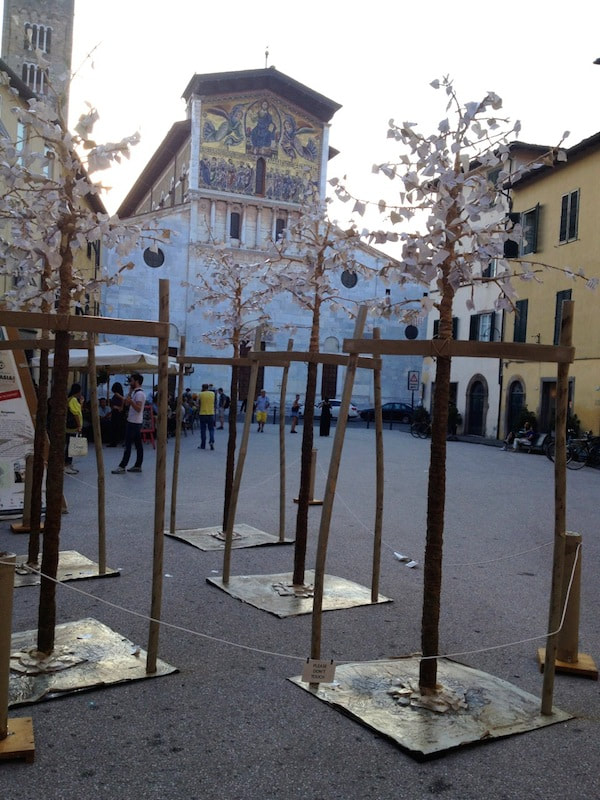
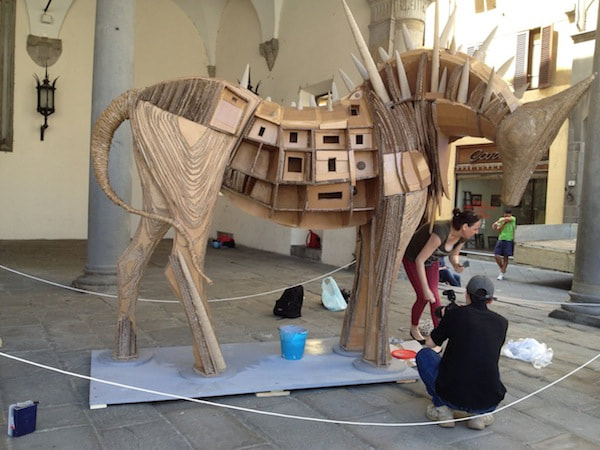
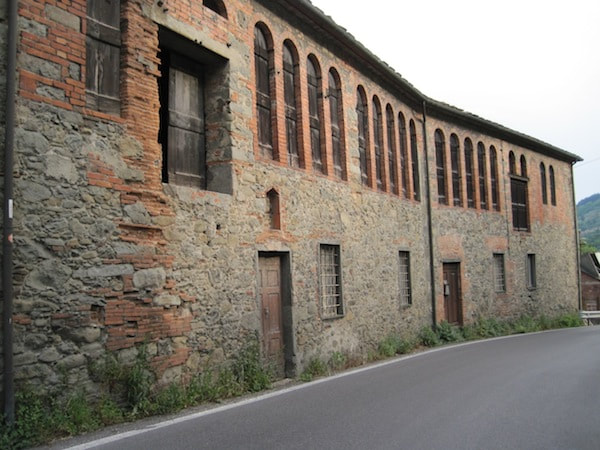
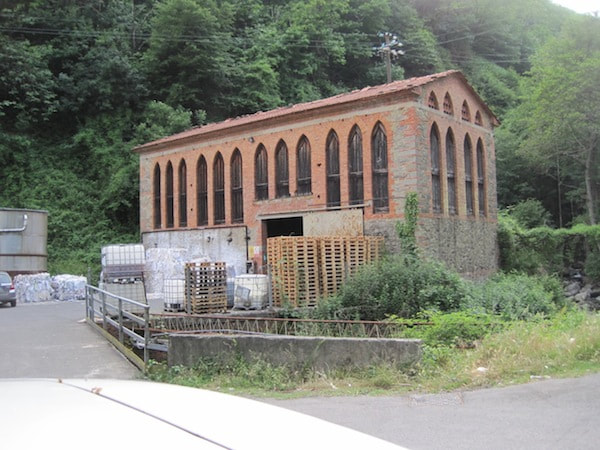
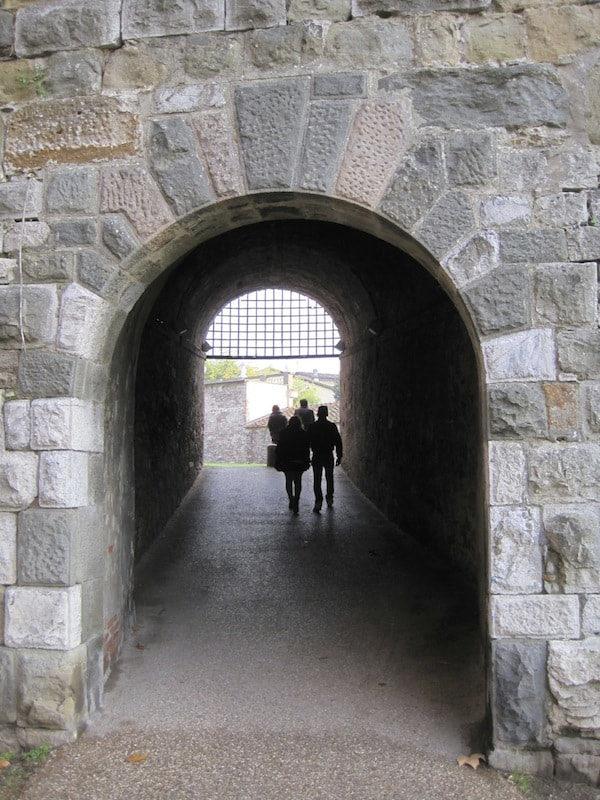
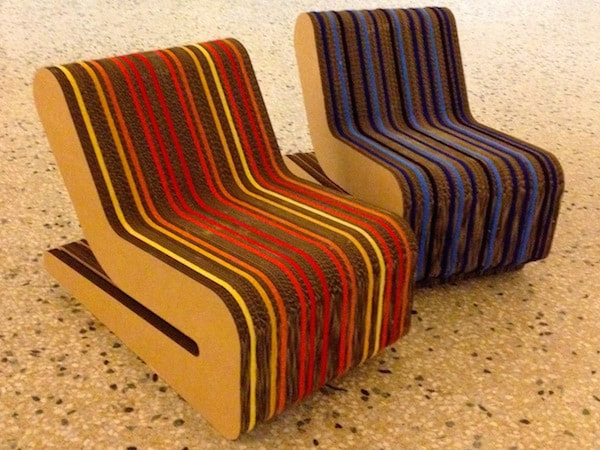
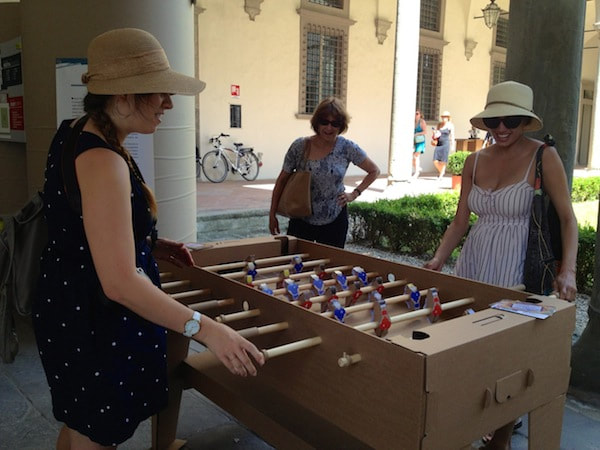
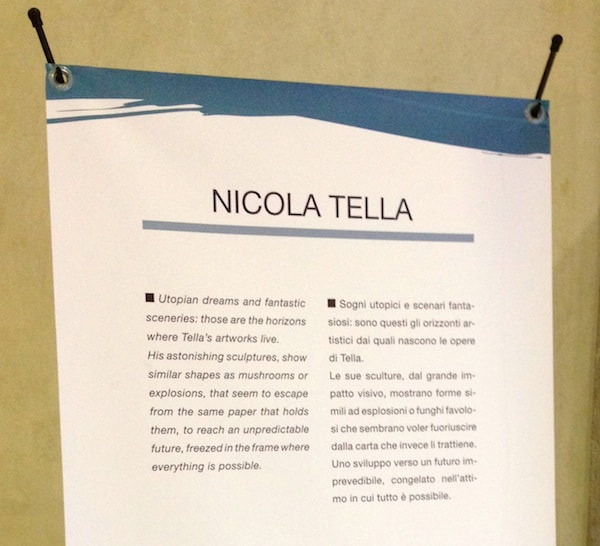
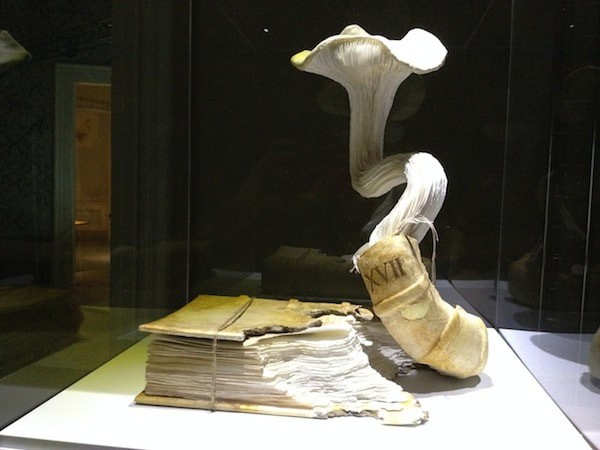
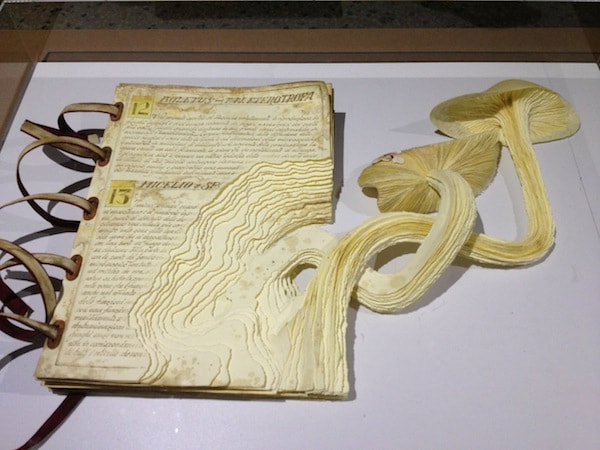
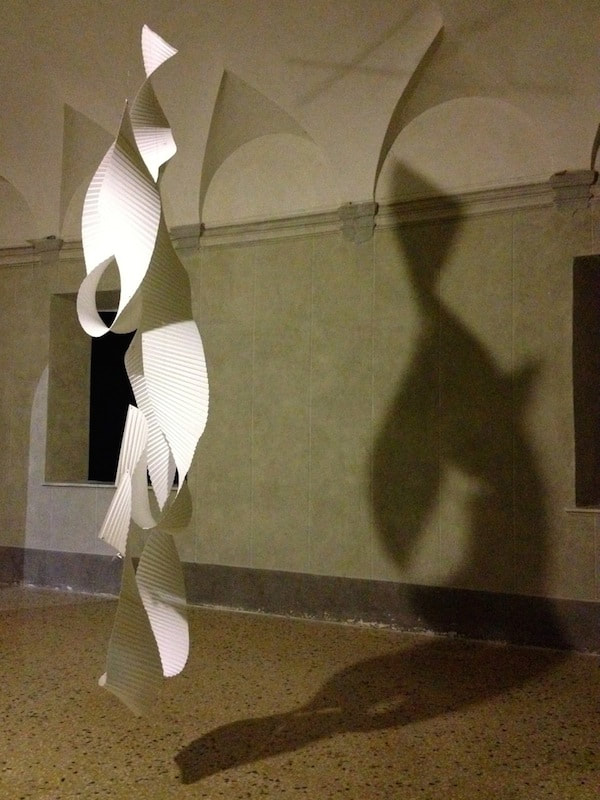
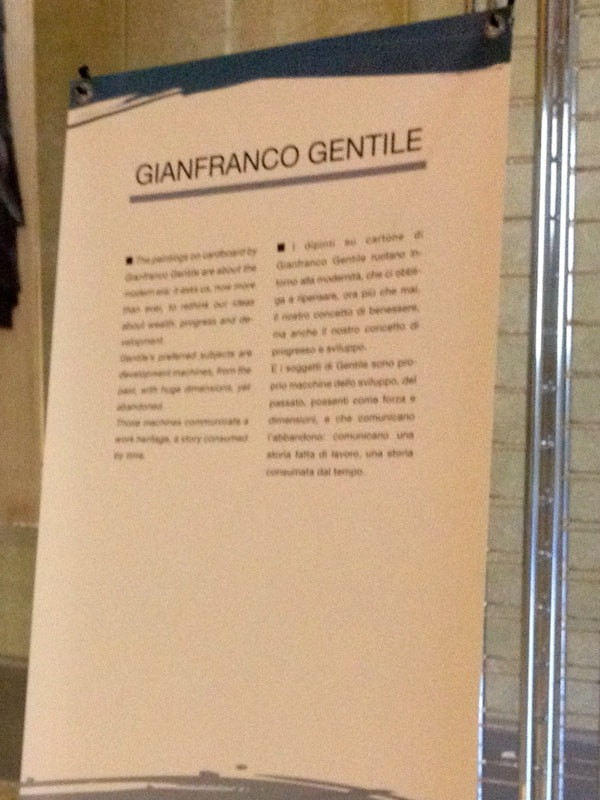
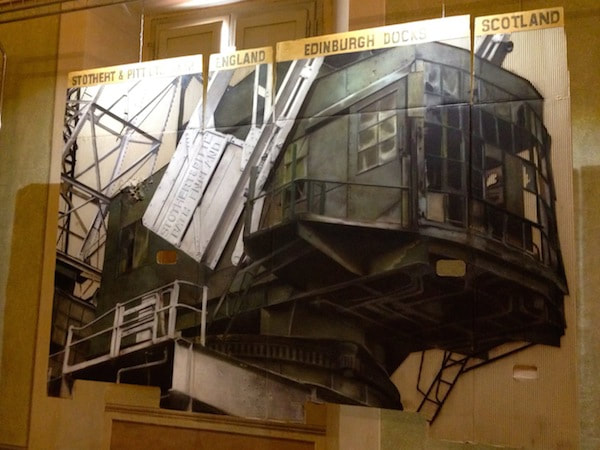
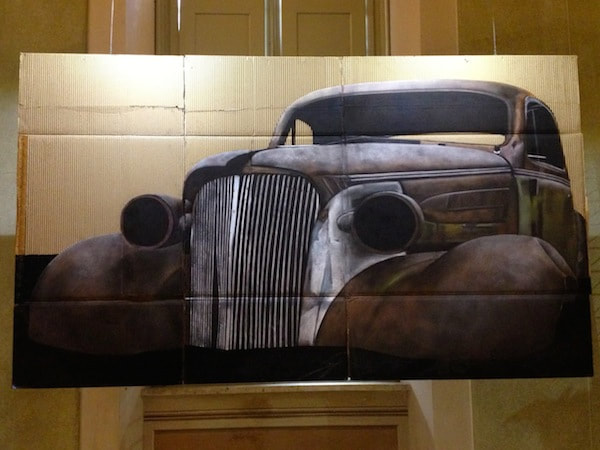
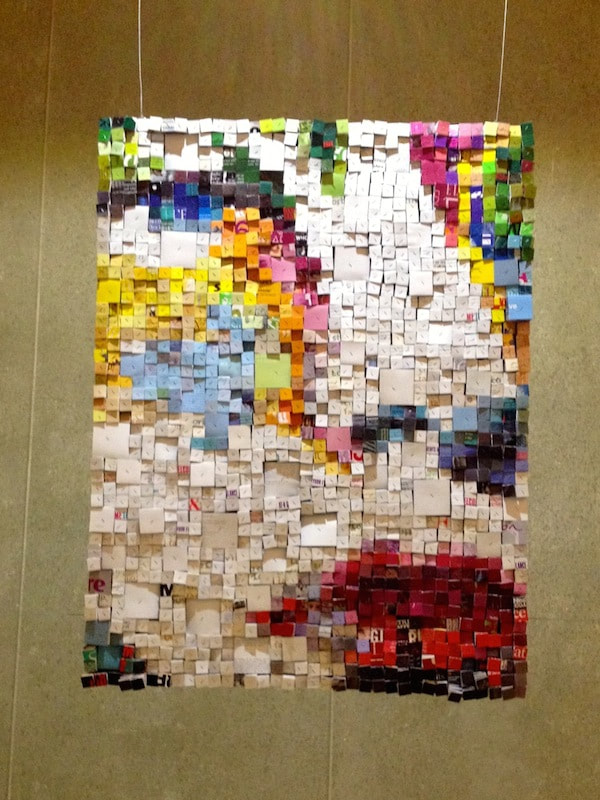
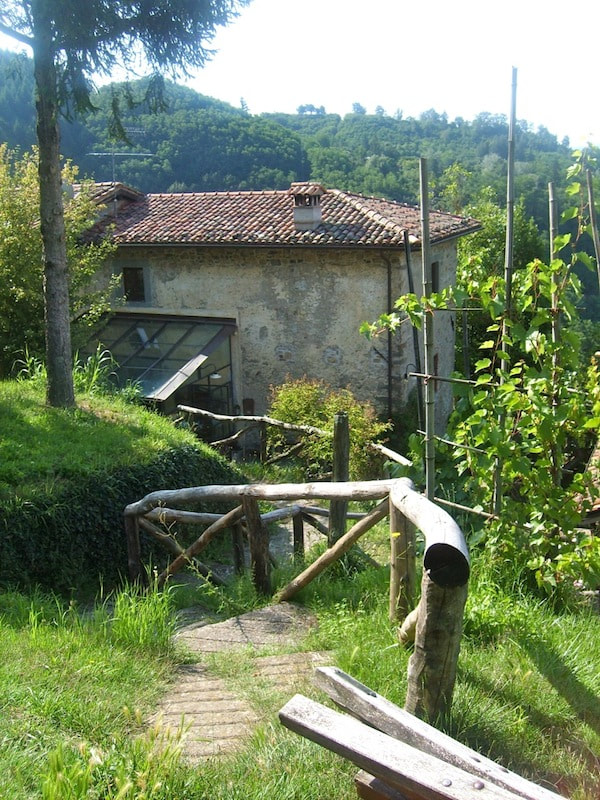
 RSS Feed
RSS Feed



